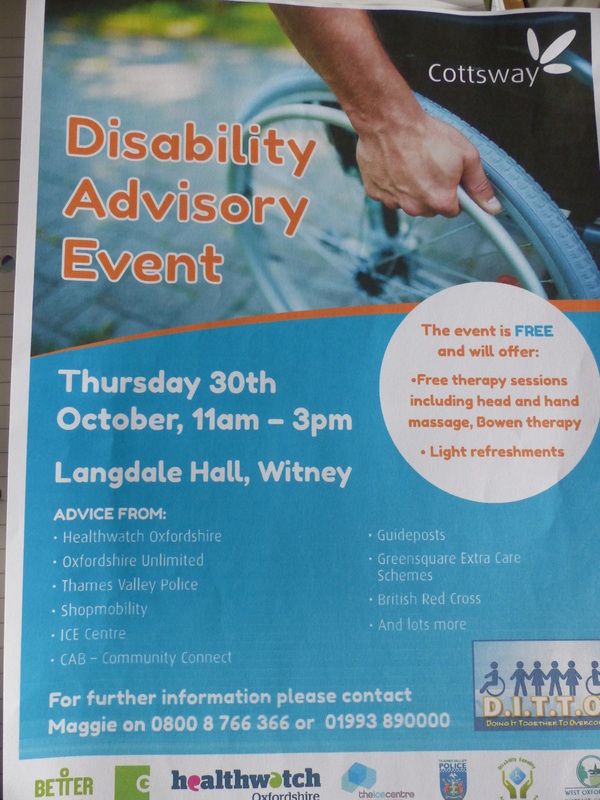|
Thomas Bowen – 100th Birthday
Thomas Bowen, who devised the technique we today call the 'Bowen Technique', would have been 100 on 18th April 2016. It was only after his death that the term 'Bowen Therapy' came into existence. Tom simply described his work as 'soft tissue work' and generally did not teach his unique technique to others. Fortunately however, he did allow six people to watch him at work over an extended period. If it were not for these six, the technique would have been lost to the world following Tom's death in 1982 (aged 66). The technique was first taught as a stand alone modality in 1988 and in less than 30 years, the success of the treatment has allowed the technique to spread rapidly over six continents, with thousands of practitioners now trained directly or indirectly via the six people. Their knowledge of the technique being cascaded down through Professional Associations maintains the purity of the technique and the professional standards. I am sure that in another 30 years time, the 'Bowen Technique' will become a household term with everyone having either experienced it or at least knowing someone who has. Basically the reason for the rapid spread throughout the world is its success rate and the fact that it is so simple to both administer and receive. No forceful manipulation is involved, just gentle rolling moves over specific muscles and tendons. Also being so gentle, it is suitable for all ages, especially as the technique can be administered through light, loose-fitting clothes. The only thing that prevents the technique from being even more popular, is that it is hard for people to appreciate that a technique so gentle can have such a profound effect on encouraging the body to recommence its own healing process. It really has to be experienced to be fully appreciated. The Bowen Technique is recognised by the Complementary National Health Care Council (CNHC)
0 Comments
Feb 2016 Attended a 1 day Homoeopathy course.
|
|

 RSS Feed
RSS Feed
